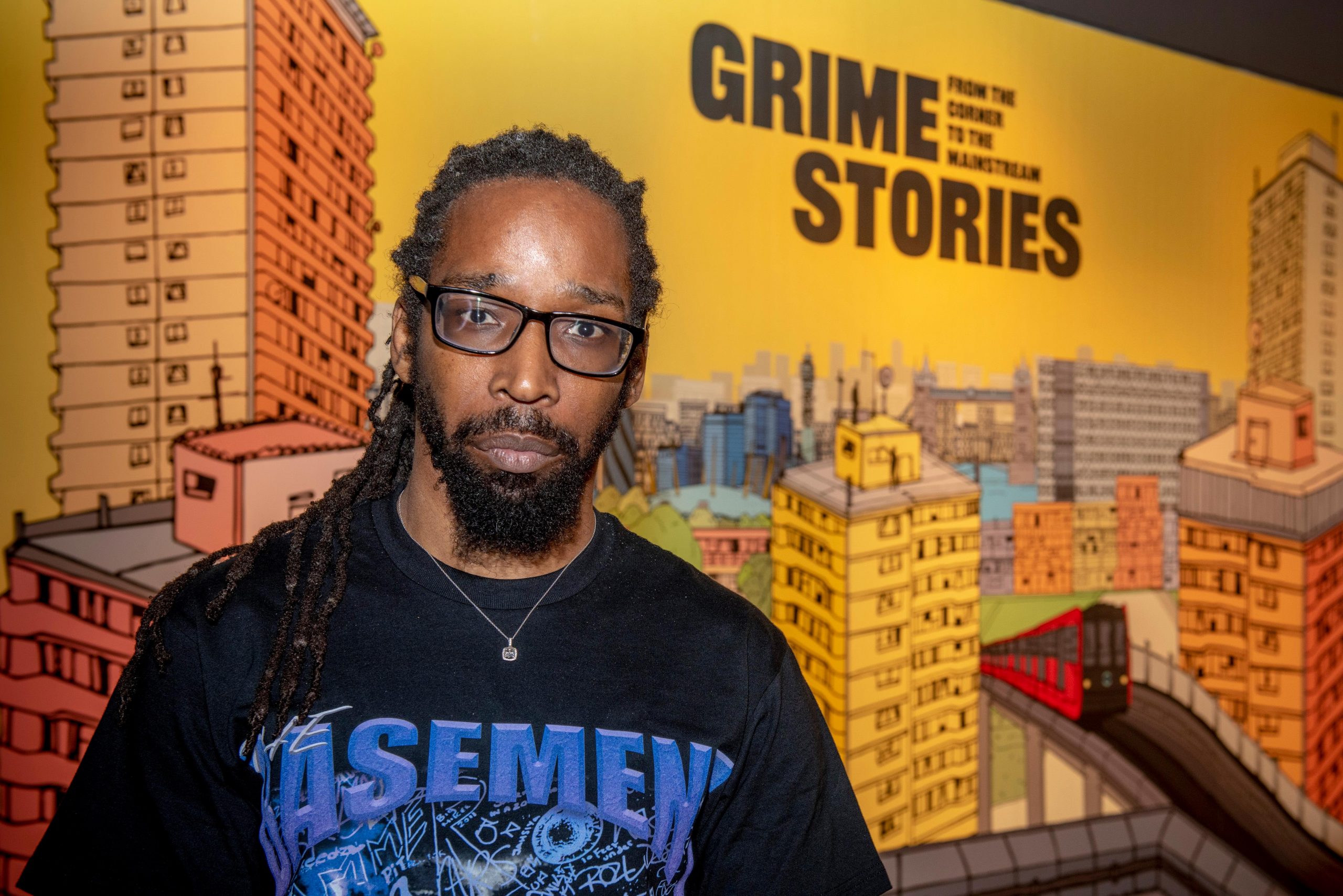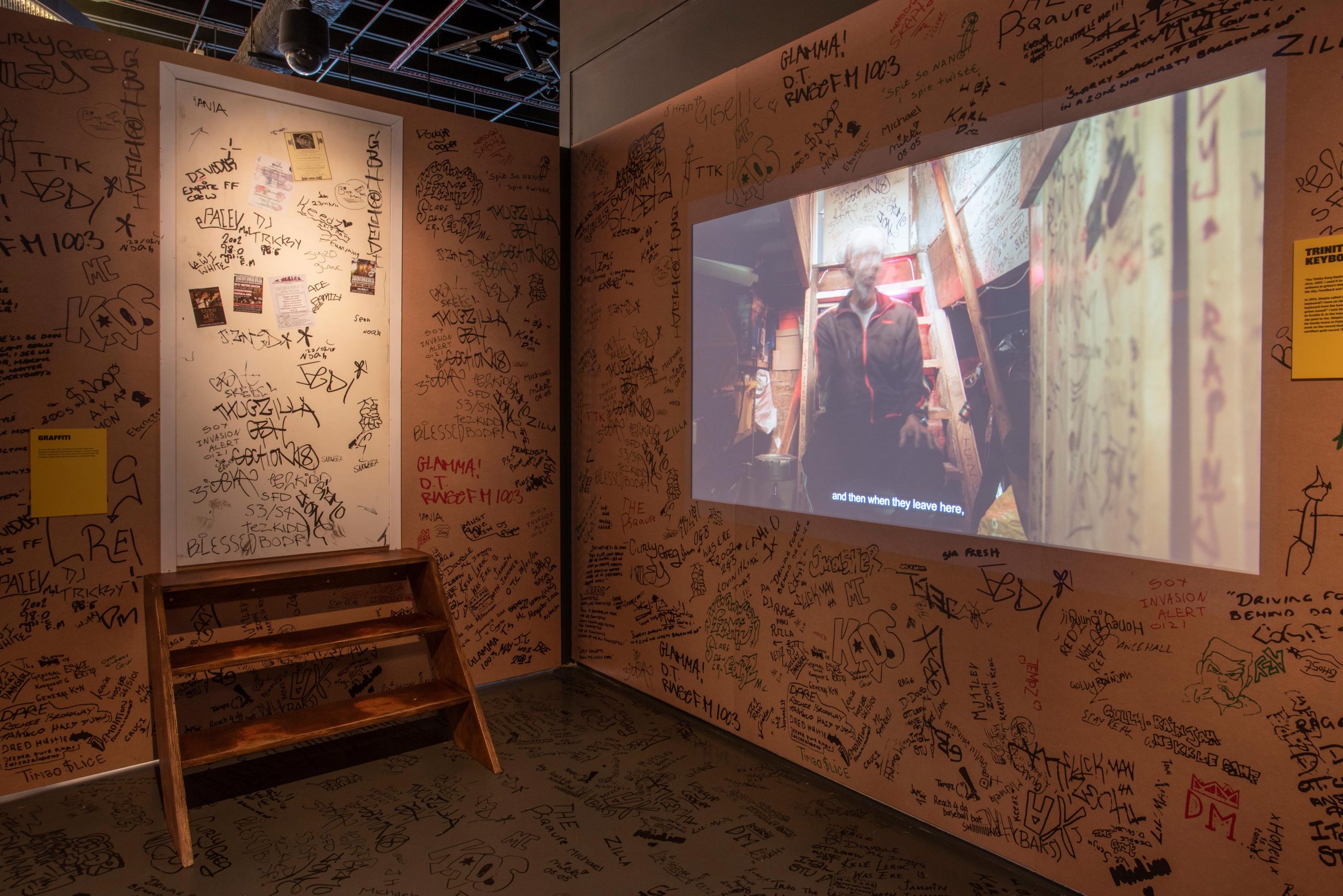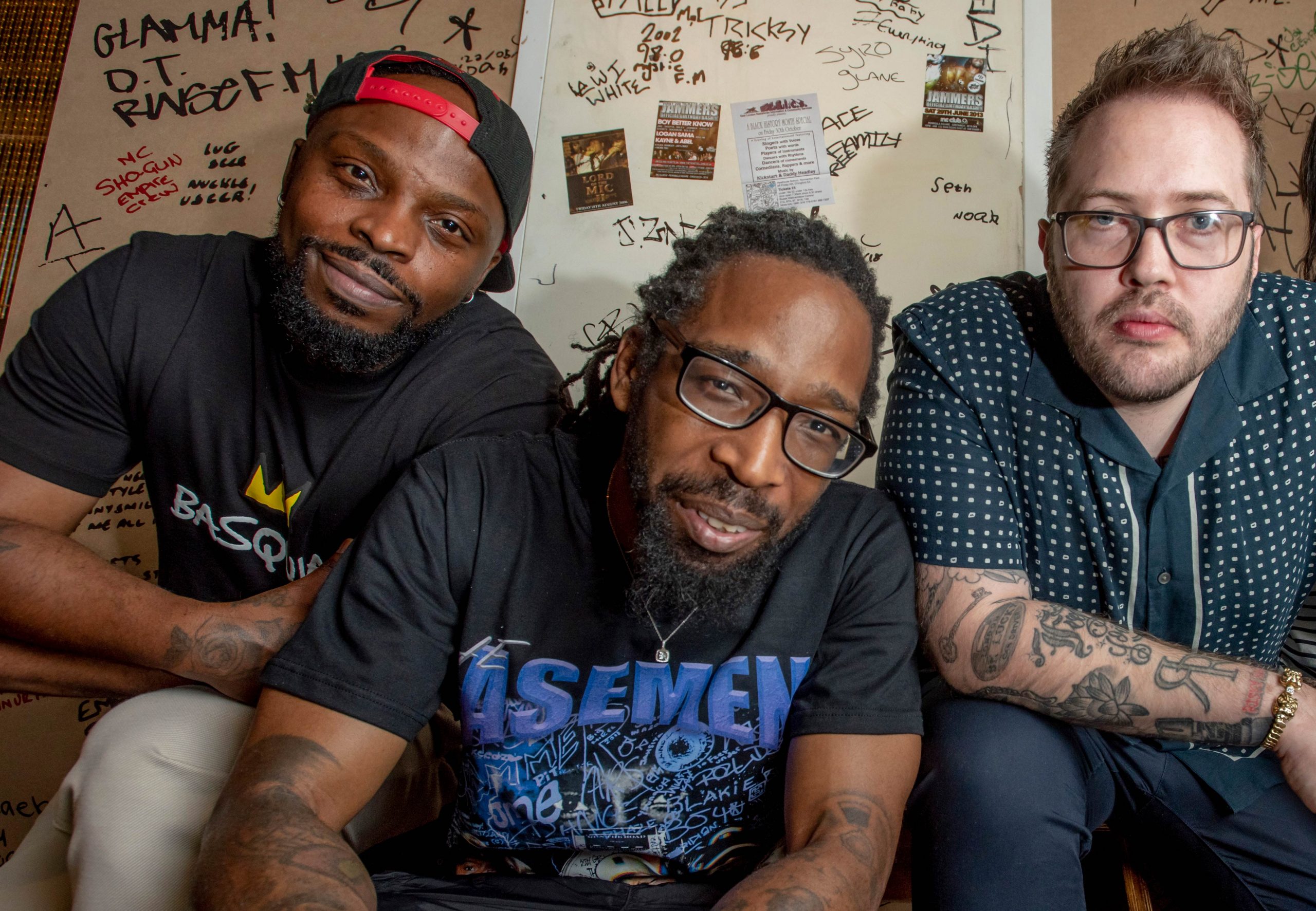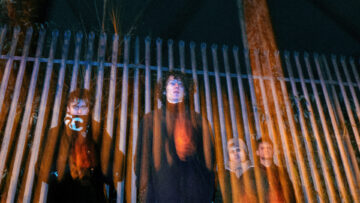
★★★★☆
Enclosed by the Roman-raised London Wall, the Museum of London documents findings into the depths of London’s cultural history – from prehistoric to modern times. The enormity of what the museum contains recognises the importance of these fragments of London’s long-lasting life; with exhibitions that are rife with stories about the intricacies of the capital’s cultures and community.
Over the weekend, I attended Grime Stories: from the Corner to the Mainstream – a major exhibition that epitomises the full circle journey of grime. From searching for the right pirate frequencies on shoddy radio players; buying or borrowing mixtapes and street DVDs depicting the early grime scene; through to the trials and tribulations of a community oppressed by society.
The oppression came through actions of suppression, with the Government enacting policies that criminalised pirate radio stations, clamping down on aspiring artists. Such an approach to grime was confirmed through the media and infected a general public, with many perceiving the genre as distasteful.
Grime Stories recognises the importance of spaces and how they can fulfil or impede people from progression. Specifically, it has a magnifying glass on East London as the rightful birthplace of grime. It looks at the unique foundations of the gerne and how such a thing could only have spawned in East London, exploring DVD documentation of grime’s early days, which is the providing of a space in itself.

Roony Keefe photographed at home in Bethnal Green for The Grime Exhibition.
The pirate radios hosted from the top of tower blocks was about spaces they couldn’t access – spaces created from nothing. Maybe most importantly for me, this exhibition shows how these spaces are considered by society and how authority acts around it. Grime Stories is brilliantly put together, providing a succinct display that weaves together these notions which set grime’s wave in motion.
Grime Stories was co-curated by Roony “Risky” Keefe, the legendary documentarian of the Risky Roadz DVD series, which captured stars of the upcoming scene. I remember watching copies of Risky Roadz back in the day, seeing some artists for the first time, latching onto freestyles that paraded the wizardry and environments of MCs. (If you’ve never seen it before, Ghetts’ Risky Roadz 2 freestyle is absolute fire with a raw, impassioned, hungry Ghetts. It speaks volumes for the level of talent evident in the scene then).
During a normal week, Roony is a black cab driver. The idea for Grime Stories spawned through a sought collaboration from Museum of London with Roony, who was asked about the possibility of interviewing artists in his black cab for a series. The idea evolved into an exhibition, and Roony immediately called upon Jammer, another legend whose basement and Lord of The Mics series provided a safe space and platform for emerging artists, to get involved with producing it.
The exhibition contains a replica of Jammer’s basement, graffiti and tags penned over the years marking the wooden walls and floor, and a short documentary builds the identity of what the basement represents. It features Jammer’s parents, who made me realise it wasn’t just a place that ignited a lot of careers but a safe productive space that kept a lot of youth off the streets.

There is a pirate radio section, a display mirroring a tower block lift, with half a dozen screens fixed on ages past. A short clip follows DJ Slimzee, back in the day, as he’s raised by a lift to the 24th floor and rooftop. My personal favourite was the short documentary that followed the youth from the areas grime rose; showing how motivations and access has transformed, with a focus on gentrification that is transformative anyway.
One of the last displays was a documentary featuring Roony, in his black cab, linking up with artists and retracing the steps he took to produce his DVDs. It features an interview with Dr Joy White, an author and lecturer that has written about the importance of music and spaces, especially in the area of East London – a stellar part of our music’s culture today. Her book Terraformed is magnificent, by the way – exacting an ethnography of Forest Gate and analysing how the issues affect young Black lives.
There have been many showcases of grime before but featuring in the Museum of London is solidifying of its stature. It adds to a forever growing resume of accolades for a once shunned genre, blamed for everything immoral in London youth culture. This exhibition is fascinating, a lesson that will ignite so many ideas in an attendee with no understanding of grime. For me, it was a trip down memory lane, and an impression from the vantage point of East London.
It is also impressive realising the sheer amount of investment that took to put this together. The collection of footage from a variety of resources, the replication and hosting of key objects in the history of grime, and the conversations that span over several generations. I consider myself a grime kid: someone who grew up and was primarily inspired by the culture of that era.

Artist Willkay, grime pioneer Jammer and co-curator Roony Risky Keefe; Grime Stories – from the corner to the mainstream (c) Museum of London.
Many of my peers and I can cite Grime and various creatives it bred as reasons why we work in the capacity we do. For example, without Risky Roadz I probably wouldn’t be as invested in grime. Without Jammer, his basement, and without Lord of The Mics, a lot of my grime idols do not progress in the ways they did. Without these characters building pirate radio stations, without word of mouth, without people being latched onto this epic movement, I simply wouldn’t be here, and our country wouldn’t be what it is. As a result, the domino effect of their work proved pivotal in building a scene that triggered us to invest and do things by utilising a shared energy.
As grime kids, we had our ears to the streets, we adopted a similar swagger, and witnessed every seminal moment that built our culture. Not only within the genre of music itself, but the delegation of inspiration led to work in a spread of roles and fields. There are actors triggered to act because of grime. Writers, like myself, endeavouring to articulate moments like this to identify its power for those who don’t know.
Grime Stories isn’t just any exhibition, but a monumental moment that recognises the importance of the genre in empowering so many parts of our culture today. The grace grime gets now could have been afforded over a decade ago. Nevertheless, through whatever path, it has always advanced. While it might not be the leading genre of music among youth cultures today, its impact and weight is undeniable. With more celebrations like Grime Stories, it shows that grime is very much still alive.




